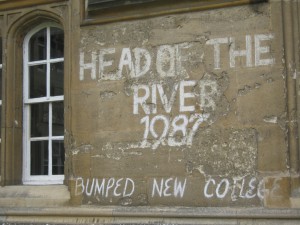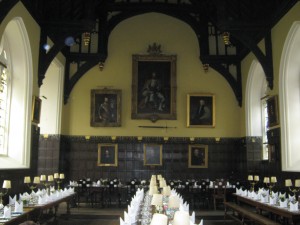I try not to be biased against a museum’s collection because of its particular layout, especially one as restricted as Sir John Soane’s, but I feel that Mr. Soane’s museum was just too prohibitively small to have the kind of impression that he himself wanted it to. The stated purpose of John Soane (an architect by trade) turning his home into a museum was to “preserve [his] house and collection for the benefit of ‘amateurs and students’ in architecture, painting and sculpture.” Rather than gain any further concrete knowledge of these subjects at the Soane, I felt cluttered by what just instinctively felt like cartoonish opulence.
The signage was so sparse that I learned about one in ten of the individual objects rather than collections as a whole and how they relate to Soane or his areas of expertise. I doubt an audio tour would have even been able to cover much of the collection, either. I did get a sense of the importance of Mr. Soane’s work itself, but even this part of the museum consisted of many of his drawings gave me no sense of the arc of his career or his greater role in architecture. As I addressed in my V&A post, an eclectic collection is not enough to doom a museum to failure, but the Soane just fails to create any concrete impression on its guest besides the feeling of being overwhelmed by amazing and historic things.

Rowing graffiti at Corpus Christi College
Oxford is overwhelming in a much better way, if that makes any sense. I won’t speak for the group that did not have a good guide, but I think I got as good a sense of the past and present at Oxford (which are pretty much the same) as one can get when students and faculty are not there. I was glad at first to not be going to Oxford when classes were in session (so as not to be a gawking tourist), but now I wish I’d been able to see Oxfordians (Oxforders? There’s probably a much cooler name than those that us outsiders aren’t supposed to know) interact with the place. Don’t get me wrong, I was delighted to admire the buildings on their own (particularly the dining halls, which are even more stunning than in movies like Chariots of Fire [actually I think that’s at Cambridge]), but going when the University was entirely empty almost made it seem like a museum made from an abandoned University rather than one of the current greatest academic institutions in the world.

The Dining Hall at Oriel College
All of this will help me decide when to go to Cambridge, as will my desire to stay away from tourists there for the shopping. Although I walked around and saw plenty of the University before the tour, I didn’t really believe I was in Oxford until I entered that quad at Lincoln College and felt shut off from the street performers, KFCs and the like. I wonder how the sheer volume of tourists affects students’ ability to have a truly authentic Oxford experience like their predecessors (Brandon asked something like this, but I think our guide was confused). Similarly, I wonder if the cache of living in Oxford has driven housing prices so high that many of those who work at the University must live farther away. All things to explore when I make another pilgrimage one day.

0 responses so far ↓
There are no comments yet...Kick things off by filling out the form below..
You must log in to post a comment.